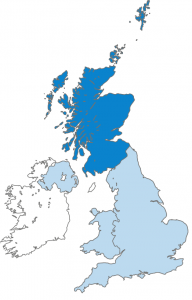“On the Spot” backs members of Culture on the Edge into a corner to talk about their backgrounds, their ongoing work, and what might be gained by an alternative understanding of how identity works.
 1. When people ask what you study, what do you tell them?
1. When people ask what you study, what do you tell them?
My short answer to this question has actually changed a bit in recent encounters. I used to answer by referencing my sub-field and saying something like, “I study American religions.” However, I now try to answer with something more like “I study religions in the US” or “I study religion in American culture.” While in some ways these statements seem quite similar, there is actually an important distinction. Over the years I have found that the former answer is pretty meaningless and confusing to non-specialists — What is an American religion anyway? — while the latter can be a bit more helpful in designating both the geographical space and the plurality of things that I might be examining. Some assumed that “American religion” was synonymous with Protestant Christianity, and so after underwhelming many a flight companion with my lack of biblical expertise, I started shifting my language to more accurately reflect what I think I do. The longer answer is that my research interests revolve around questions of religious diversity in contemporary US culture, including the ways in which concepts and practices of race, ethnicity, gender, sex, and embodiment affect the classification of human behaviors (e.g., as religious, spiritual, or secular). Continue reading “On the Spot with Martha Smith”


 The people of Scotland are voting today to determine whether they should be independent of the United Kingdom or remain within it. (Watch this
The people of Scotland are voting today to determine whether they should be independent of the United Kingdom or remain within it. (Watch this  Here comes
Here comes